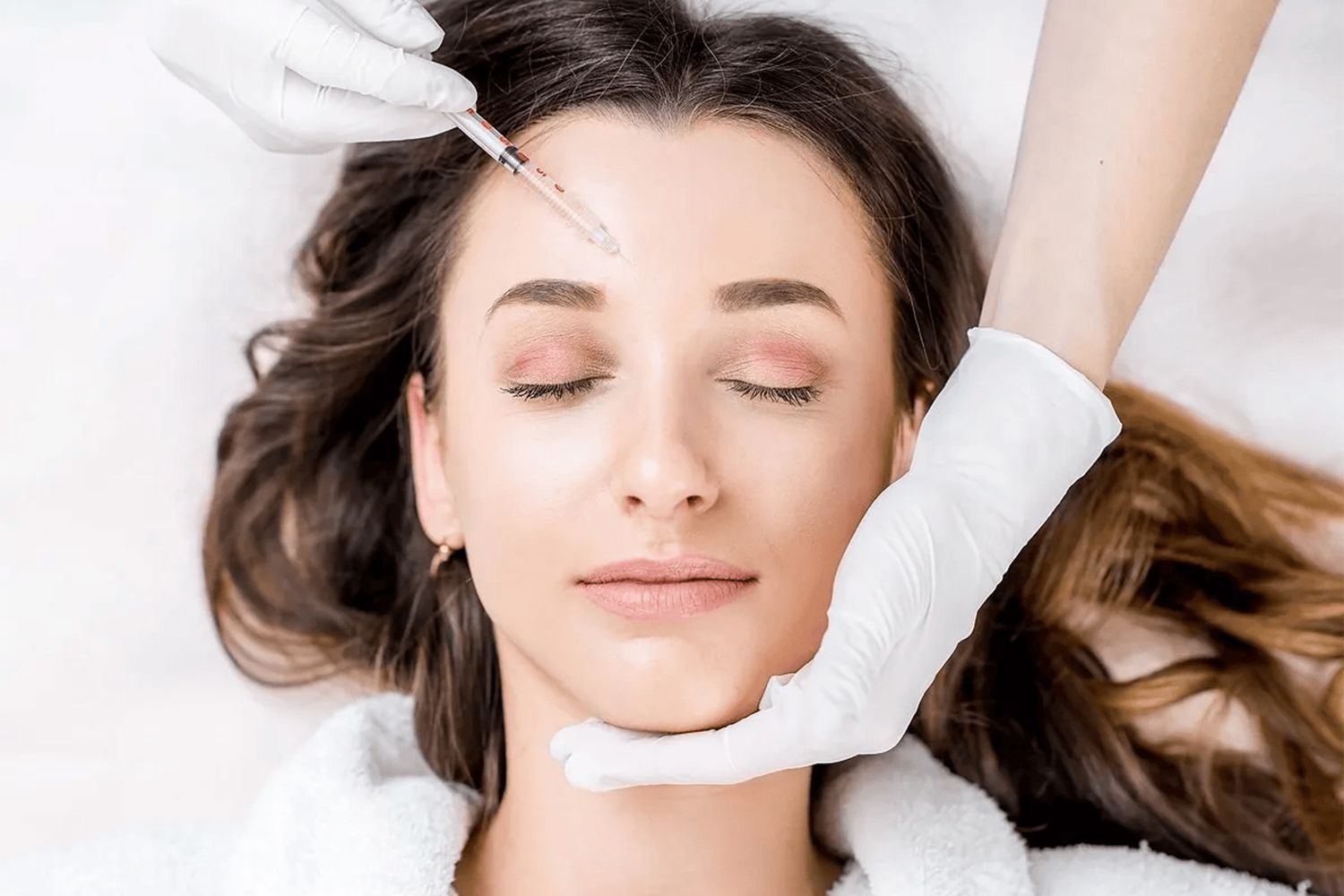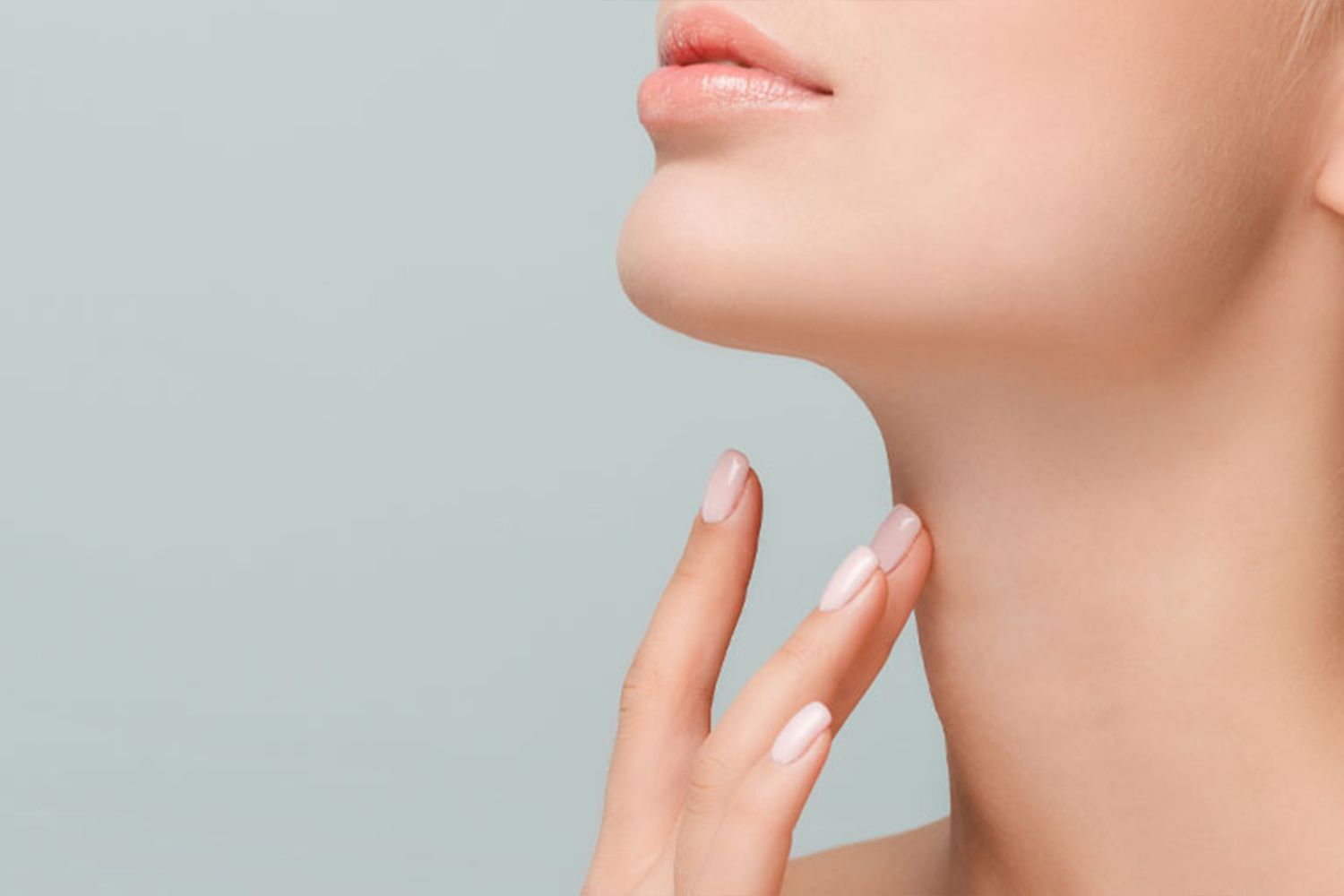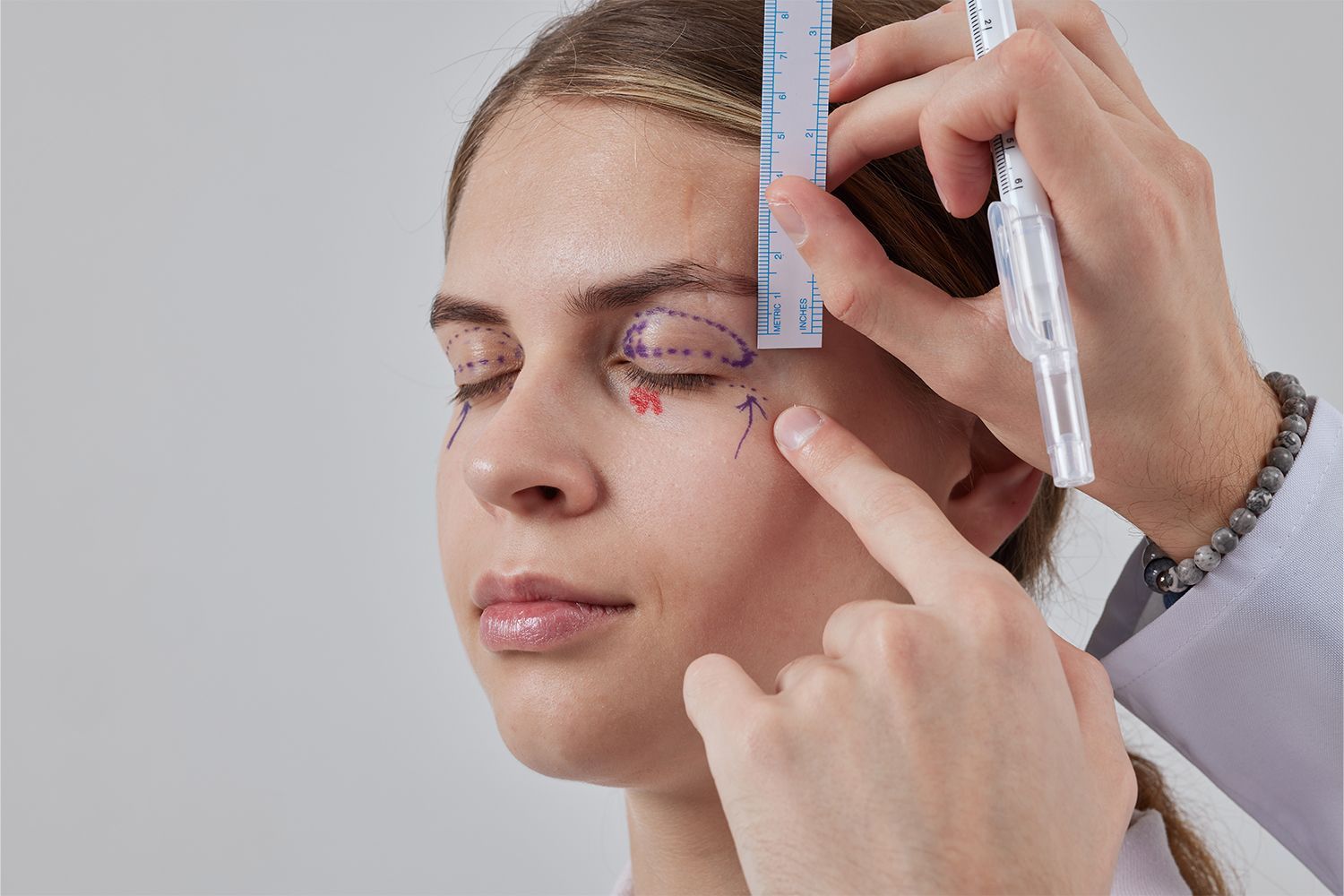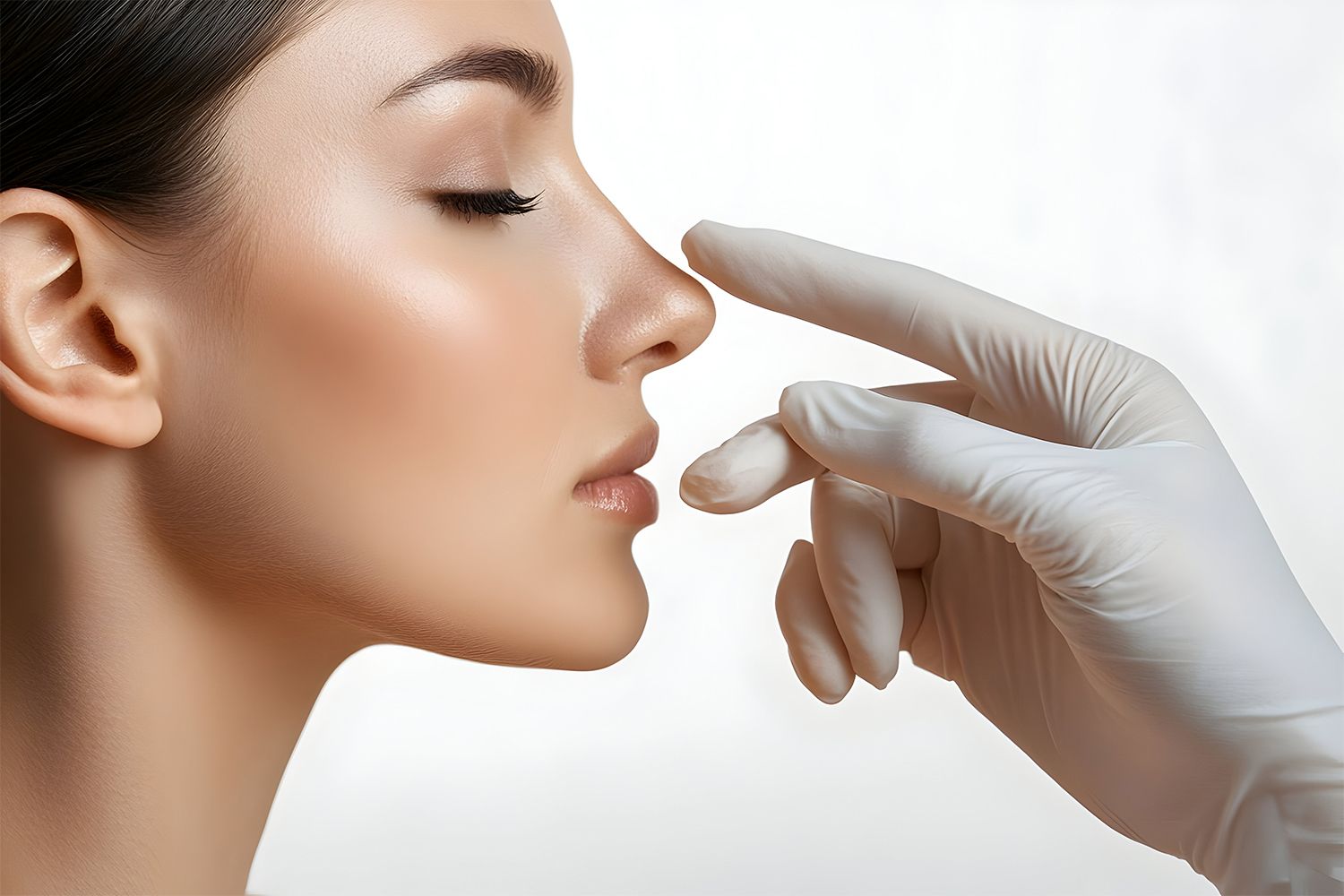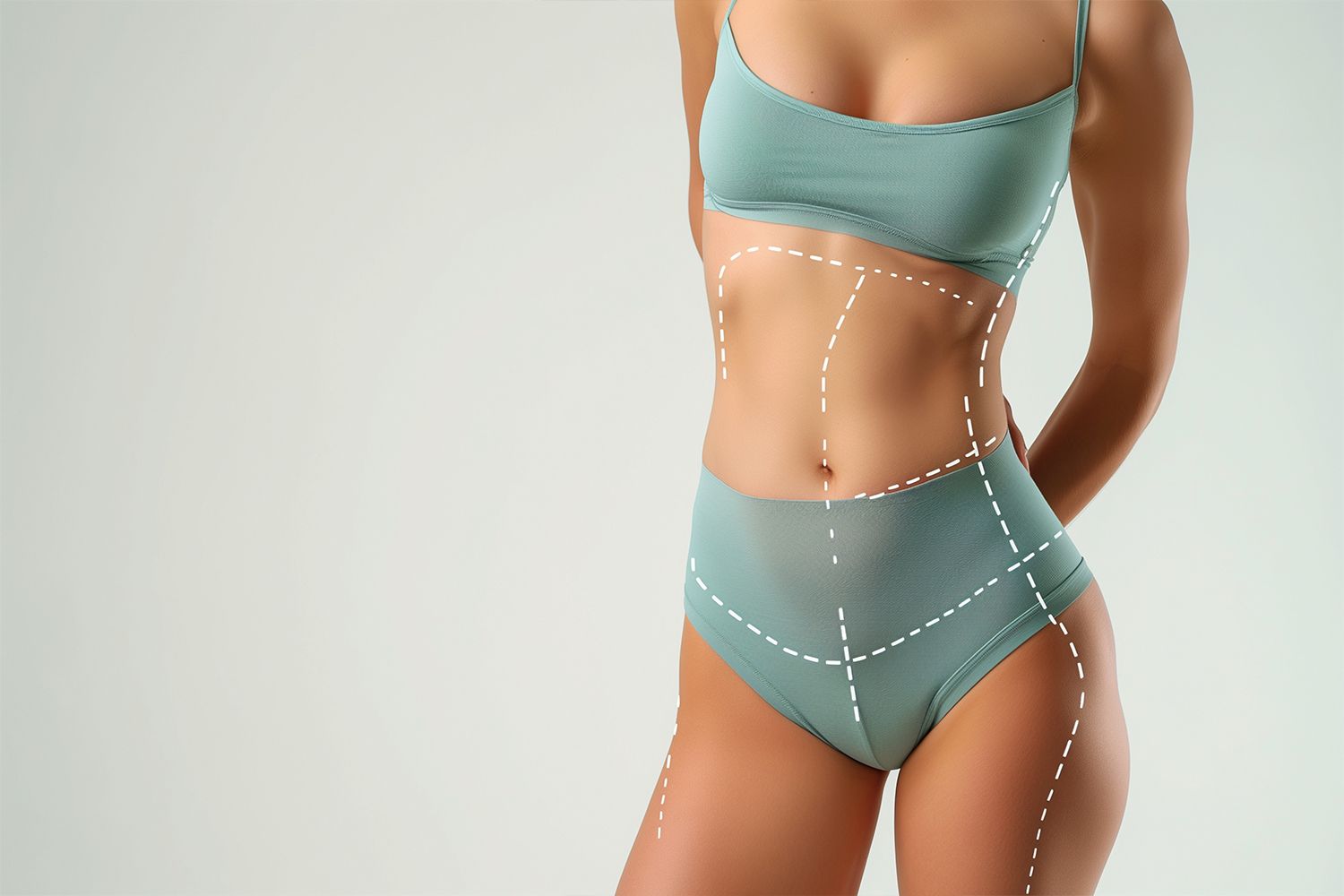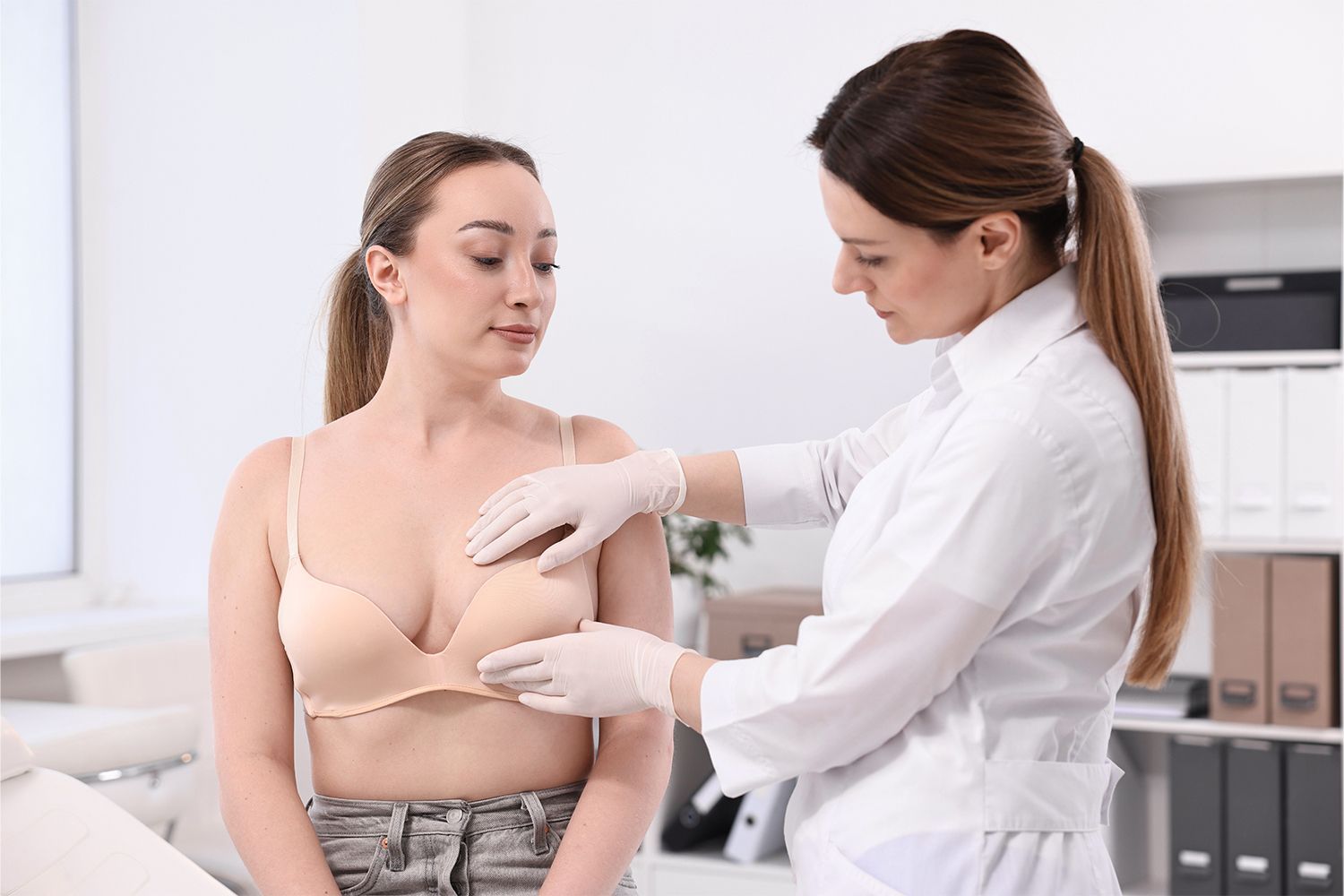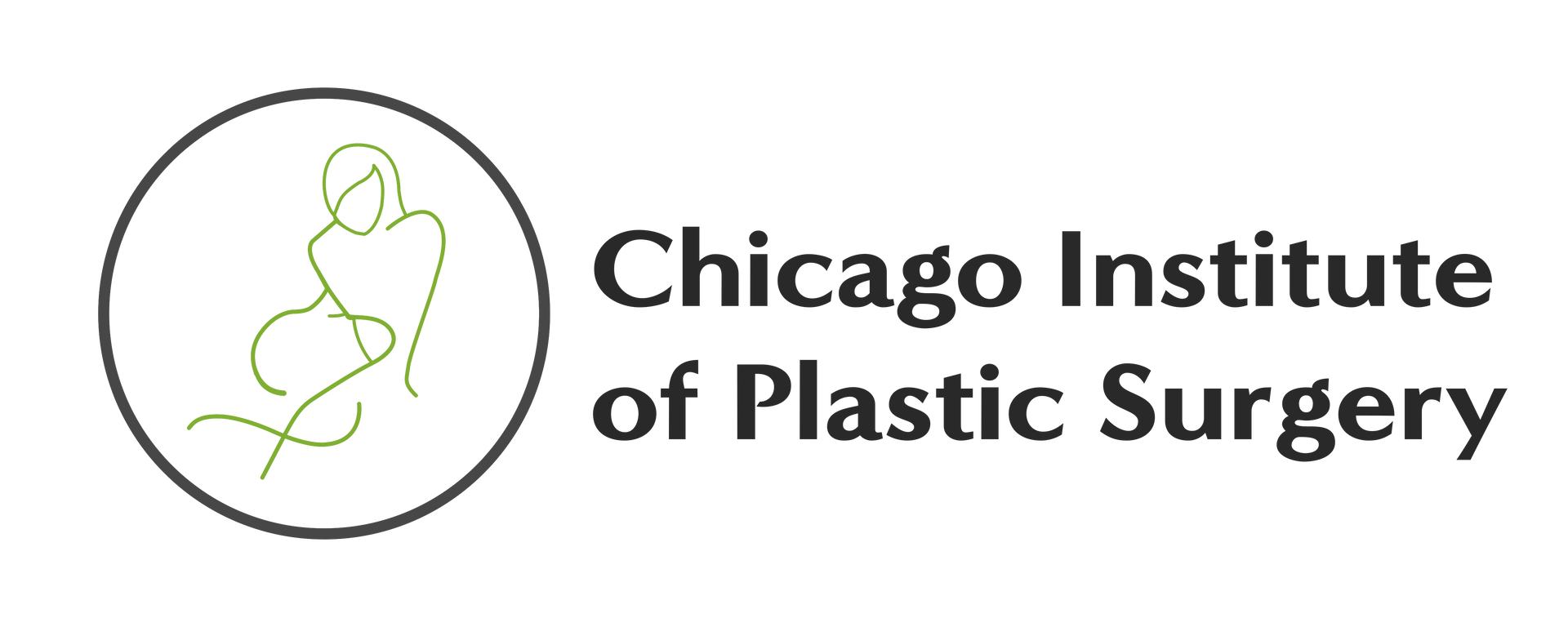Understanding CoolSculpting and Its Benefits
Explore the effectiveness and advantages of CoolSculpting as a non-surgical fat reduction method.
CoolSculpting, also known as cryolipolysis, is a FDA-cleared treatment that targets and freezes fat cells, causing them to crystallize and eventually die off. This process, called apoptosis, allows the body to naturally eliminate the dead fat cells over time, resulting in a more sculpted appearance in the treated areas.
One of the key benefits of CoolSculpting is its non-invasive nature, which means no incisions, needles, or downtime are required. This makes it a popular choice for individuals looking to reduce stubborn pockets of fat without undergoing surgery.
Additionally, CoolSculpting is known for its long-lasting results, as once the fat cells are eliminated, they don't return in the treated areas unless significant weight gain occurs.
Exploring SculpSure for Fat Reduction
To further expand your knowledge on non-surgical fat reduction methods, let's now focus on exploring SculpSure as an alternative approach for targeting and reducing stubborn fat deposits. SculpSure is an FDA-approved laser treatment designed to reduce fat in areas such as the abdomen, flanks, thighs, and chin.
This non-invasive procedure works by using heat to target and destroy fat cells, which are then naturally eliminated by the body over the following weeks. Best lipo doctor in Chicago , One of the key benefits of SculpSure is its ability to provide noticeable results with minimal downtime.
The procedure typically takes around 25 minutes per treatment area, making it a convenient option for individuals with busy schedules. Many patients report feeling only mild discomfort during the procedure, with no need for anesthesia or pain medication.
Studies have shown that SculpSure can lead to a reduction in fat thickness of up to 24% in the treated areas. However, it's essential to note that results may vary from person to person. To determine if SculpSure is the right option for you, consult with a qualified healthcare provider to discuss your goals and expectations.
Comparing Non-Surgical Methods to Weight Loss
Comparing non-surgical methods to weight loss involves evaluating the effectiveness and suitability of various approaches for achieving lasting fat reduction results. Non-surgical methods like SculpSure, CoolSculpting, and truSculpt iD target specific areas of the body to reduce fat without the need for invasive procedures.
While traditional weight loss methods such as diet and exercise aim to reduce overall body weight, non-surgical fat reduction treatments focus on spot reduction of stubborn fat deposits. These non-surgical methods offer targeted fat reduction that may not always be achievable through weight loss alone.
For individuals looking to address specific areas of concern, such as love handles or belly fat, these treatments can be a viable option. However, it's important to note that non-surgical fat reduction methods aren't intended for weight loss and are most effective when used in conjunction with a healthy lifestyle.
Consulting with a qualified healthcare provider can help determine the most suitable approach for achieving your desired fat reduction goals.
Long-Term Results of Non-Surgical Treatments
When considering the effectiveness of non-surgical fat reduction treatments, it's important to assess the long-term results to understand their impact on lasting fat reduction outcomes. Studies have shown that non-surgical fat reduction treatments like cryolipolysis (CoolSculpting) and laser therapy (SculpSure) can lead to a reduction in fat volume that's sustained over time.
Research published in the Journal of Cosmetic Dermatology indicated that individuals who underwent cryolipolysis treatments maintained a 25% fat reduction in the treated area even after nine years. Best plastic surgery Chicago , Similarly, studies on laser therapy have demonstrated lasting fat reduction effects up to six years post-treatment.
These long-term results suggest that non-surgical fat reduction treatments can provide enduring benefits for individuals looking to sculpt their bodies without invasive procedures. However, it's essential to note that individual results may vary, and maintaining a healthy lifestyle through diet and exercise is crucial for maximizing and prolonging the effects of these treatments.
Risks and Considerations of Non-Invasive Procedures
Exploring the potential risks and considerations associated with non-invasive procedures for fat reduction is crucial for making informed decisions about your treatment options. While non-surgical fat reduction procedures are generally considered safe, there are still some risks and factors to consider. Common side effects may include temporary redness, swelling, bruising, or numbness at the treatment site. In rare cases, more serious side effects such as burns, scarring, or changes in skin sensation can occur. It's essential to choose a reputable provider with qualified professionals to minimize these risks.
Additionally, not everyone is an ideal candidate for non-invasive fat reduction treatments. Individuals with certain medical conditions, such as autoimmune disorders or blood clotting issues, may not be suitable candidates. It's crucial to undergo a thorough consultation and assessment with a healthcare provider before proceeding with any non-surgical fat reduction procedure.
Remember to discuss your medical history, expectations, and concerns openly to ensure the best possible outcomes and minimize potential risks.
Tips for Maximizing Non-Surgical Fat Reduction
To enhance the effectiveness of non-surgical fat reduction procedures, adopting a healthy lifestyle can significantly optimize your results. Consistent exercise, such as cardio and strength training, can complement non-surgical fat reduction treatments by helping to maintain muscle mass and improve overall body composition.
Incorporating a balanced diet rich in whole foods, fruits, vegetables, lean proteins, and healthy fats can further support your body in shedding excess fat and maintaining the results of non-invasive procedures. Additionally, staying hydrated is crucial for the body's natural detoxification process and can aid in flushing out fat cells post-treatment.
Prioritizing adequate sleep and managing stress levels are also essential for maximizing the benefits of non-surgical fat reduction. Lack of sleep and high stress levels can contribute to weight gain and hinder fat loss efforts.
Non-surgical fat reduction treatments like CoolSculpting and SculpSure can indeed provide lasting results without the need for significant weight loss. These innovative procedures offer targeted fat reduction and long-term sculpting effects, with studies showing sustained fat reduction even years after treatment.
By combining these treatments with a healthy lifestyle, individuals can enhance and maintain their desired outcomes for effective body contouring. Consider non-surgical options for achieving lasting results in fat reduction.
As you prepare for a tummy tuck, envision the journey ahead. From the initial consultation to the surgery itself, the process carries both anticipation and unknowns. During the procedure, you may wonder about the sensations under anesthesia and the transformative work being done. But what about the aftermath? What changes will your body undergo, and how will you adapt to the new contours? The road to a sculpted abdomen isn't just about the surgery; it's about the recovery and the long-term commitment to maintain your results.
Consultation and Preoperative Preparation
During your initial consultation for a tummy tuck procedure, your surgeon will discuss preoperative preparation steps in detail to ensure a successful surgery outcome. This consultation is a crucial step in your journey towards achieving your desired results. Your surgeon will review your medical history, current medications, and any underlying health conditions to assess your candidacy for the procedure. Additionally, they may ask about your expectations and goals for the surgery to align them with realistic outcomes.
As part of the preoperative preparation, your surgeon may request certain pre-surgical tests to ensure you're in optimal health for the procedure. These tests may include blood work, an electrocardiogram, or a chest X-ray. Plastic Surgery Chicago , also receive specific instructions on medications to avoid before surgery, dietary guidelines to follow, and lifestyle modifications that can help enhance your recovery process.
Furthermore, your surgeon will provide detailed information regarding the surgical procedure itself, potential risks and complications, as well as postoperative care instructions. This thorough discussion during the consultation is essential for you to feel informed, prepared, and confident as you move forward with your tummy tuck journey.
Surgical Procedure Overview
To provide you with an overview of the tummy tuck surgical procedure, your surgeon will explain the specific steps involved in the operation and how they contribute to achieving your desired aesthetic goals.
Typically, a tummy tuck involves making an incision across the lower abdomen, removing excess skin, and tightening the abdominal muscles for a firmer appearance. The surgeon will carefully sculpt the tissues to create a smoother contour, addressing any bulges or sagging skin in the area. Liposuction may be performed simultaneously to enhance the results further.
After adjusting the tissues, the incisions are meticulously closed with sutures, Tummy tuck surgery in Chicago, involves applying dressings or compression garments are applied to aid in the healing process. Your surgeon will provide detailed post-operative instructions to promote proper recovery and optimal results.
Understanding the surgical steps can help you feel more informed and prepared for your tummy tuck procedure.
Anesthesia and Surgery Duration
Understanding the steps involved in the tummy tuck procedure, including anesthesia administration and surgery duration, is vital for your preparation and informed decision-making. Cosmetic surgeons in Chicago , typically undergo general anesthesia, which means you'll be completely asleep and pain-free throughout the procedure. This ensures your comfort and allows the surgeon to work without any discomfort on your part.
The surgery duration for a standard tummy tuck typically ranges from two to five hours, depending on the extent of the procedure and whether any additional treatments are being performed simultaneously, such as liposuction. It's important to follow your surgeon's instructions regarding preoperative fasting to ensure the safe administration of anesthesia. Additionally, the surgery duration may vary based on individual factors, so your plastic surgeon will provide you with a more accurate estimate during your consultation.
Rest assured that the anesthesia and surgery duration will be carefully monitored by the medical team to ensure your safety and well-being throughout the entire process.
Immediate Postoperative Care
Proper immediate postoperative care following a tummy tuck procedure is crucial for your recovery and optimal results. After the surgery, you'll be taken to a recovery area where you'll be monitored closely as you wake up from anesthesia. Pain medication will be provided to manage any discomfort. Your surgeon will give you specific instructions on how to care for your incisions, which may include keeping the area clean and dry. It's essential to follow these instructions meticulously to reduce the risk of infection.
You may experience swelling and bruising, which are normal after a tummy tuck. Applying ice packs as recommended by your surgeon can help reduce swelling. It's important to stay hydrated and eat light, easily digestible foods during the initial recovery period. You should also avoid strenuous activities and follow your surgeon's guidance on when you can gradually resume normal daily activities.
Regular follow-up appointments with your surgeon will be scheduled to monitor your progress and address any concerns. Remember to reach out to your healthcare provider immediately if you experience any unexpected symptoms or complications.
Recovery Timeline and Restrictions
Following the immediate postoperative care phase, it's important to adhere to a structured recovery timeline and restrictions to promote healing after a tummy tuck procedure.
In the first few days after surgery, you'll need to rest and avoid strenuous activities. Your surgeon may recommend wearing a compression garment to reduce swelling and support the healing process. It's crucial to follow your surgeon's instructions regarding wound care to prevent infections and promote proper healing.
During the first week, you should expect some discomfort, bruising, and swelling. Your surgeon may advise you to avoid bending, lifting heavy objects, and engaging in intense physical activities.
As you progress into the second week, you may start feeling better, but it's essential to continue avoiding activities that strain the abdominal area. It can take several weeks to months to fully recover from a tummy tuck, so be patient and follow your surgeon's recommendations diligently to achieve optimal results.
Long-Term Results and Maintenance
To maintain long-term results after a tummy tuck procedure, consistent adherence to a healthy lifestyle and regular exercise is key. BBL in Chicago , Following your surgery, it's crucial to maintain a stable weight to preserve the outcomes achieved through the procedure.
Fluctuations in weight can impact the aesthetic results of your tummy tuck. By focusing on a balanced diet rich in fruits, vegetables, lean proteins, and whole grains, you can support your body's healing process and help sustain the improvements made during the surgery.
Regular physical activity is equally important in ensuring the longevity of your tummy tuck results. Engaging in exercises that target the core muscles can help maintain the firmness and shape of your abdomen. Additionally, incorporating cardiovascular workouts into your routine can aid in overall weight management and promote a healthy metabolism.
Remember that while a tummy tuck can provide significant enhancements to your abdominal contour, tummy tuck Chicago, maintaining long-term results requires dedication to a healthy lifestyle and ongoing fitness regimen. By prioritizing your health and wellness, you can enjoy the benefits of your tummy tuck for years to come.
Undergoing a tummy tuck procedure involves thorough consultation, surgery under general anesthesia, and careful postoperative care to ensure optimal results.
Following postoperative instructions, including rest, proper wound care, and wearing a compression garment, is crucial for a smooth recovery.
Long-term success hinges on maintaining a healthy lifestyle and weight, as well as incorporating regular exercise to preserve the firmness and shape of your abdomen.

